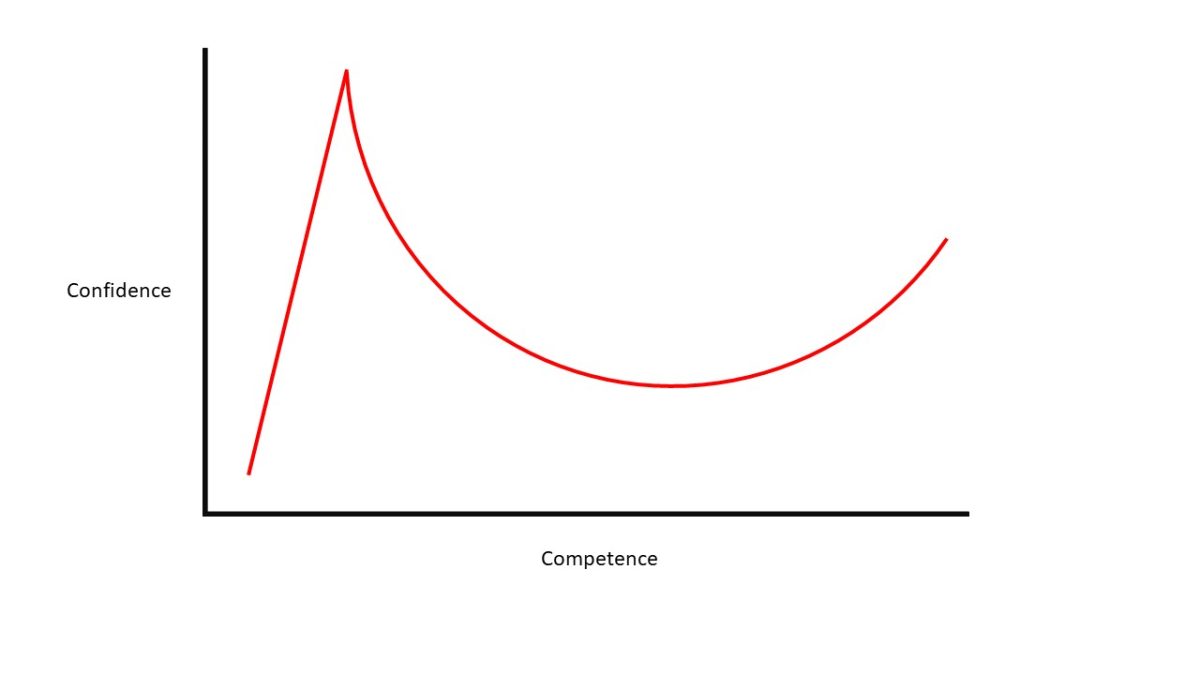Gun culture is defined as the interaction of both individuals and institutions, implicitly and explicitly, with firearms. While a myriad of agents, including flawed legislative action, gang violence, and negligent storage, perpetuates gun violence, what if gun culture is the critical factor?
Gun violence exists virtually everywhere in the world, but the severity of firearm issues varies by country. While some may believe that elaborately written gun laws guarantee low homicide rates, it is a country’s cultural attitudes towards government institutions and firearms that greatly influence the level of gun violence – just because citizens own guns does not mean that they are more likely to engage in violent behavior.
In 2019, Brazil ranked #1 for the country with the highest gun violence statistics, with about 21.6% death rate per 100,000 inhabitants. Many of Brazil’s gun homicides stem from drug cartels, oil theft, and trafficking. Due to the long-perpetuated illegal weapon leakage from the United States to South America, criminals in Brazil have more accessible means to obtain dangerous weapons. Brazil’s main problem is its weak provisioning system, or to be broad, its governmental capabilities to maintain security and safety for all. Despite the new President, Lula da Silva, working tediously to restrict gun ownership, his efforts have not diminished the shootings. Conversely, Switzerland, a nation with one of the highest gun ownership rates in the world, encounters little violence issues concerning firearms. They had a 0.2% homicide rate in 2022, even though the government issued more than 45,000 gun permits. These two nations possess strikingly different gun statistics when both have high gun ownership rates.
Of the various factors that affect gun violence, gun culture is one of the most important and discussed factors contributing to the differences in countries’ experience with firearm violence. To start, Swiss citizens obtain guns solely to hunt, shoot, or use in the military, not for personal defense purposes. They teach young children gun safety and necessary skills and have mandatory military service, which encourages the Swiss to take guns seriously and understand that using guns requires professional training and permission from the government. Because Swiss citizens trust government officials to protect the country and regulate firearms, they don’t feel the need to defend themselves; the Swiss acknowledge that the state controls the monopoly of force. In addition to its unique cultural mindset regarding firearms, Switzerland has a homogeneous racial makeup: almost 80% of the population identifies as Swiss or European, while only 16.7% identify as “other” than European ethnicities. As it has been proven that the heterogeneous racial composition of a country increases the likelihood of violence and conflict, it is not surprising Switzerland has less gun violence compared to nations like the United States.
If there is one reason why Brazil has frequent gun homicides, it’s partly due to low levels of trust in the police force and government. Brazil has yet to have a trustworthy police to manage firearm ownership. Because of South America’s established culture and history with guns (including cross-national drug trafficking, drug wars, and street gangs), firearms stand at the forefront of political debates. To generalize, leftists think guns are ‘bad’ for the country, while the right-wing government, often referred to as the ‘bullet caucus,’ supports individuals’ right to obtain guns. Due to Brazil’s deficient rule of law, a heated political atmosphere significantly threatens peaceful civilian society. Until recently, the army and federal police tried to establish inter-agency protocol but failed, and the disarmament salute had a short positive impact. If pure legislative amendments have failed in the past, then it is time for the government to turn its attention to ordinary society. For instance, there is substantial research proving how Brazil’s income inequality, unemployment, low education, and poor school retention play a role in increasing the desire for gun ownership and attacks. Hence, it would not hurt to change policies in the workplace and education sectors if Brazil hopes to see progress in national security. If tackling the gun violence issue does not work one way, it is useless to persist with that method; instead, by attempting to address multiple aspects involved in the problem, the government can figure out the most prominent causes of gun violence.
There is proof that traditionally high gun violence countries can change for the better with combined citizen and government efforts. Examine South Korea: Korea has not always been a low gun-violence country, especially during the immediate aftermath period of the Korean War. S.K.’s gun control laws began in 1961 after the Korean War, which served to reduce gun violence by confiscating civilian-owned guns and storing arms exclusively in official police stations. Not only was the country worried about ordinary citizens using guns, but the constant push and pull between different president’s tyrannical or democratic policies. Even as a fledging democracy in the late 20th century, South Korea established and amended its “Act on the Safety Management of Guns, Swords, Explosives,” which secured national safety and improved the police’s image. In the 21st century, Koreans view guns as an item only professionals should possess and use.
Even public officials like the police and soldiers don’t like using guns to solve problems for fear of disciplinary measures; they tend to bring guns around only when told to do so by a higher official. As a result, South Korean gun violence is sporadic, and there were only 0.02 homicides per every 100K people in 2019. Furthermore, due to South Korea’s Confucianist values that emphasize communal responsibility, submission to authority, and adherence to established orders, it can be easier for authorities to enforce federal laws. There is a visible trend here – both Switzerland and Korea have higher trust and respect for firearm management by the national government or local police force. Citizens uphold the idea that they are not the ones who should decide the appropriateness of guns in different scenarios; instead, they give the government and authorized forces the power to exercise that ability for the good of the entire society.
The lingering question is: Which nations are capable of changing their gun cultures for the greater good? Although deep-rooted cultural principles of gun violence are embedded in contemporary societies, it may be possible, with time and effort, for institutionalized practices and attitudes around guns to evolve.
Sources:
https://repository.law.miami.edu/cgi/viewcontent.cgi?article=1337&context=umiclr
https://www.sciencedirect.com/science/article/pii/S1359178924000776
https://tile.loc.gov/storage-services/service/ll/llglrd/2019670752/2019670752.pdf
https://asianews.network/could-south-koreas-gun-control-offer-any-lessons/
https://www.scielo.br/j/op/a/D3RyQps3MVM4JymCpLy4cmv/
https://www.unodc.org/documents/data-and-analysis/gsh/2023/GSH_2023_LAC_web.pdf
https://www.as-coa.org/articles/explainer-gun-laws-latin-americas-largest-economies
https://www.unodc.org/documents/data-and-analysis/gsh/2023/GSH_2023_LAC_web.pdf





